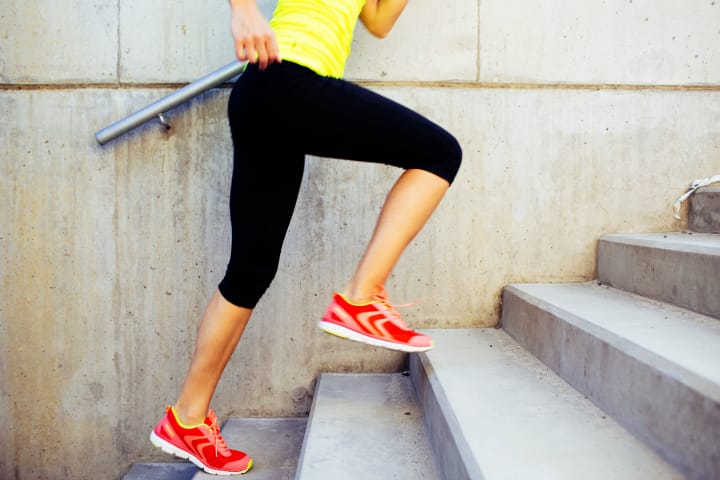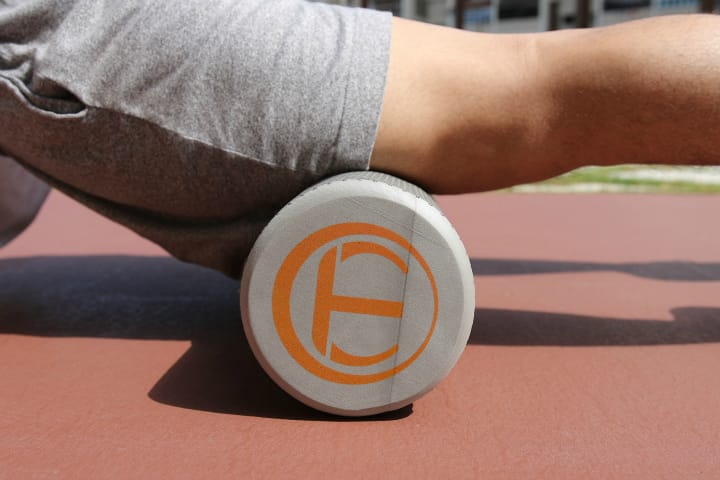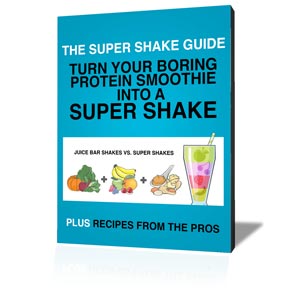As you hoist your gym backpack on, your arms feel a bit weak. Funny, you think as you walk towards the locker room door, it didn’t seem that heavy on your way here.
Fresh from your first Pound class, you feel tired but good. This was the perfect way to get back into a real workout groove! With the music blasting and the sticks flying, the hour flew by. Now that class is over and you make your way to the car you find your legs are a bit like jelly as you negotiate the stairs. You were having such a good time you really didn’t realize what an intense workout it was.
You’re starting to think you may have overdone it a bit as the endorphins wear off and your arms seem a little shaky on the drive home. Yes, your body is definitely trying to tell you something; you’re going to be sore tomorrow.
DOMS (Delayed Onset Muscle Soreness) is a normal reaction to starting a new fitness program or even changing up the types of activities you do. Normal, however, doesn’t make it any more pleasant.
If you act fast after a tough workout you can minimize post workout soreness and improve your recovery time.
Minimizing the soreness starts as soon as the workout ends. Don’t skip stretching and make sure to add foam rolling to your cool-down routine. Start with rolling, or myofascial release first, before static stretching. Myofascial release techniques using devices like foam rollers, sticks or even a lacrosse ball help to work out the knots in the muscle, improve flexibility in connective tissue and decrease the effects of DOMS.
How you refuel after your workout can also impact the soreness you feel the next day. Ingesting a quality fast acting protein, like whey or brown rice, after a workout can help the muscles start the recovery and repair process. If you want to boost the power of your protein smoothie try adding tart cherry juice. Tart cherry juice has an anti-inflammatory compound that acts like a “natural ibuprofen”. Try mixing 1 scoop chocolate whey protein powder with 2 oz. of tart cherry juice and 6 oz. of almond milk in a BlenderBottle for a quick post workout snack. Or try my Chocolate Cherry Bomb Protein Shake with either whey protein or a a plant based protein like Vega Sport Performance protein powder.
Re-hydrating after a workout is also extremely important in to the recovery process. Water is needed for proper circulation, which provides nutrient and oxygen rich blood to the muscle, as well critical ingredient in the chemical reactions that take place to repair the muscle. How much water can be the tricky part. 64 oz per day is a good foundation for most people on an average day but exercise generally means water loss via sweat. Try to drink another 4-8 oz per 15 minutes of intense exercise. Also pay attention to your personal hydration level via the “pee test”. If your urine is pale yellow or clear then you’re getting plenty of hydration. If it is dark yellow it’s time to chug more water.
The body does its major repair work while we sleep, making it even more important to get a good night’s sleep after a challenging workout. If you get less than 7 hours of sleep a night you may be short changing your body of much needed recovery time. As with most things, it is not just about quantity but also quality of sleep. If your body doesn’t reach the deepest level of the sleep cycle, recovery is going to be impaired. Waking up throughout the night, ambient light and noise can negatively impact your sleep quality. Help improve your sleep quality by setting up a environment favorable to sleep. Start by keeping electronics out of the bedroom, using a sleep mask to block light and keeping fluids to a minimum an hour or so before bed.
As tempting as it may be, don’t be a couch potato the next day! Movement of a lower intensity will help relieve the stiffness and improve circulation. If you did a full body workout and are a little sore all over, try some light cardio or a restorative yoga class. If you had a heavy leg day, do upper body work or a core focused yoga routine. Another session with the foam roller is highly recommended as well.
The good news is if you go back to the same class or do the workout again soon, the soreness should not be as bad. Your body adapts to whatever stimulus you give it as long as you do it consistently. If you wait a week (or a month!) to go back you may be right back in the same boat. Consistency is the secret to it all. Your body is sure to tell you how much it appreciates that will more energy, less soreness and overall good health!




